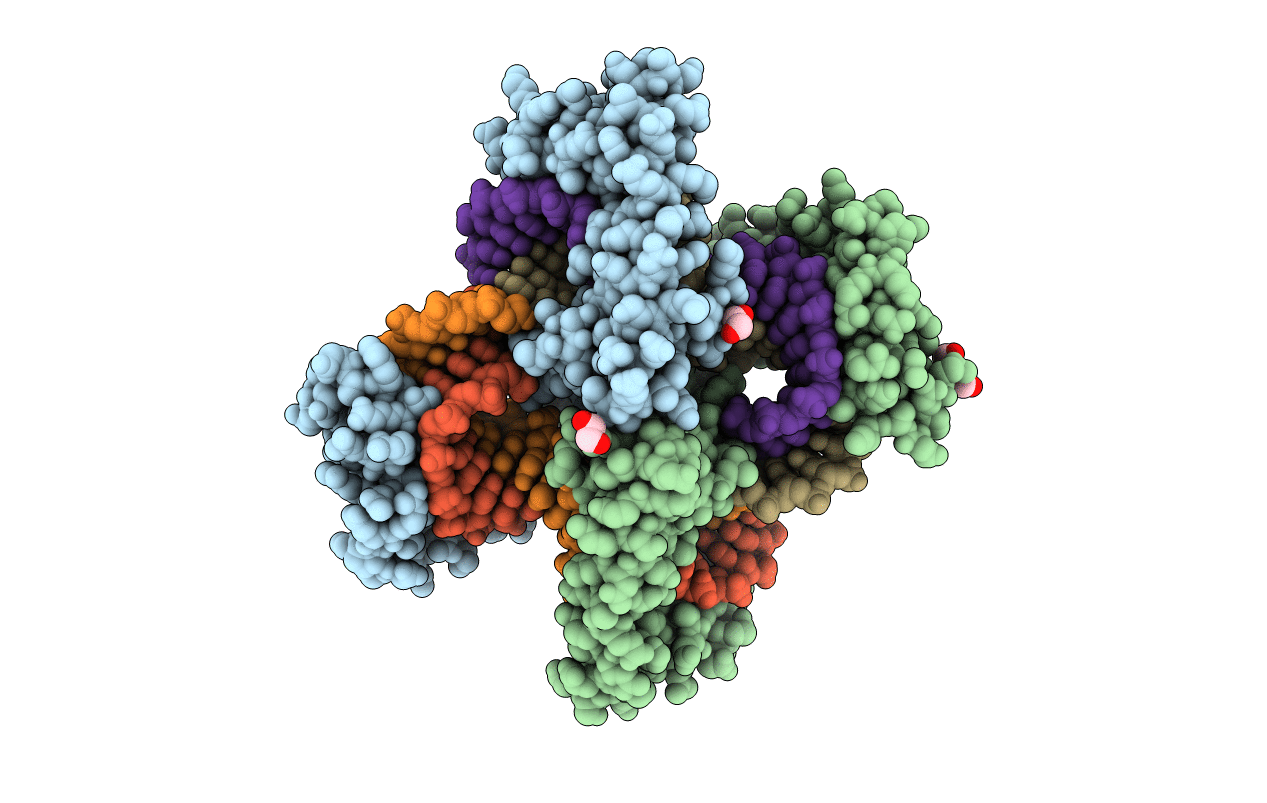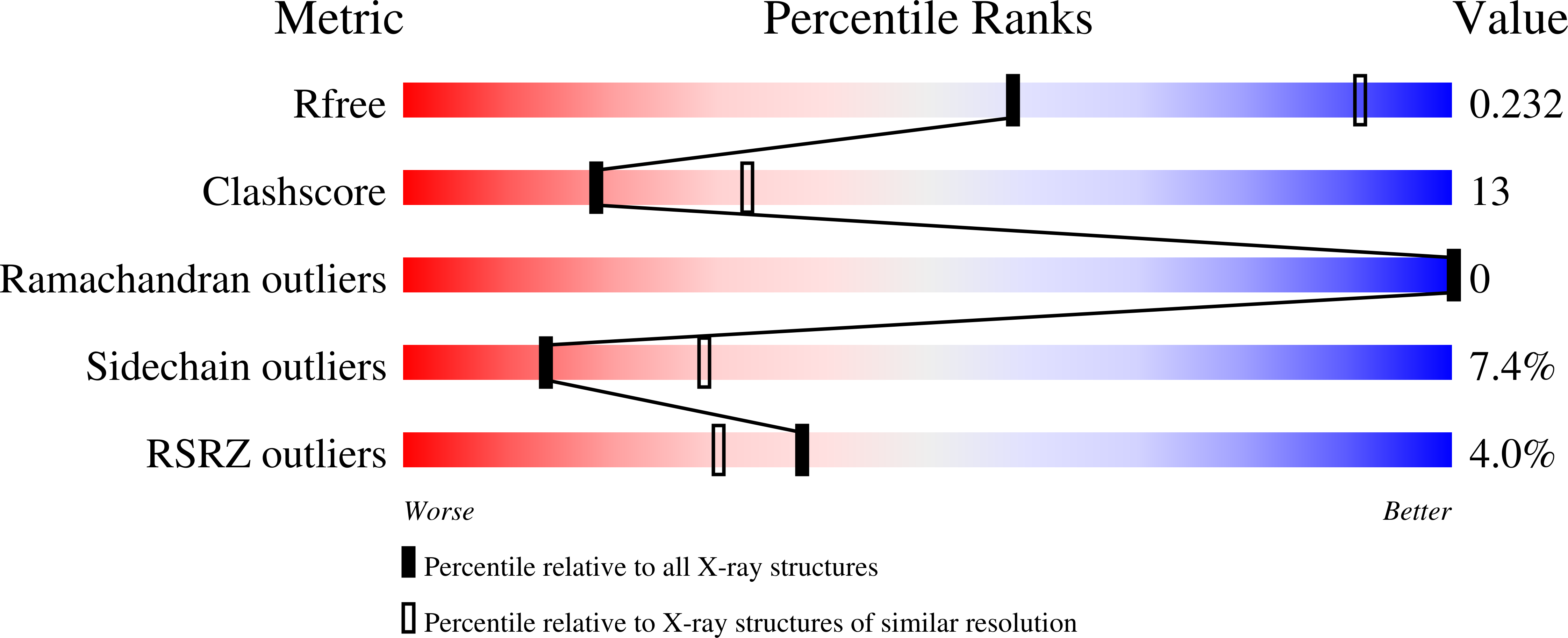
Deposition Date
2021-01-09
Release Date
2022-01-19
Last Version Date
2023-10-18
Entry Detail
PDB ID:
7LBW
Keywords:
Title:
Crystal structure of TFAM (mitochondrial transcription factor A) bridging two non-sequence specific DNA substrates
Biological Source:
Source Organism:
Homo sapiens (Taxon ID: 9606)
synthetic construct (Taxon ID: 32630)
synthetic construct (Taxon ID: 32630)
Host Organism:
Method Details:
Experimental Method:
Resolution:
2.84 Å
R-Value Free:
0.23
R-Value Work:
0.19
R-Value Observed:
0.20
Space Group:
P 21 21 2


